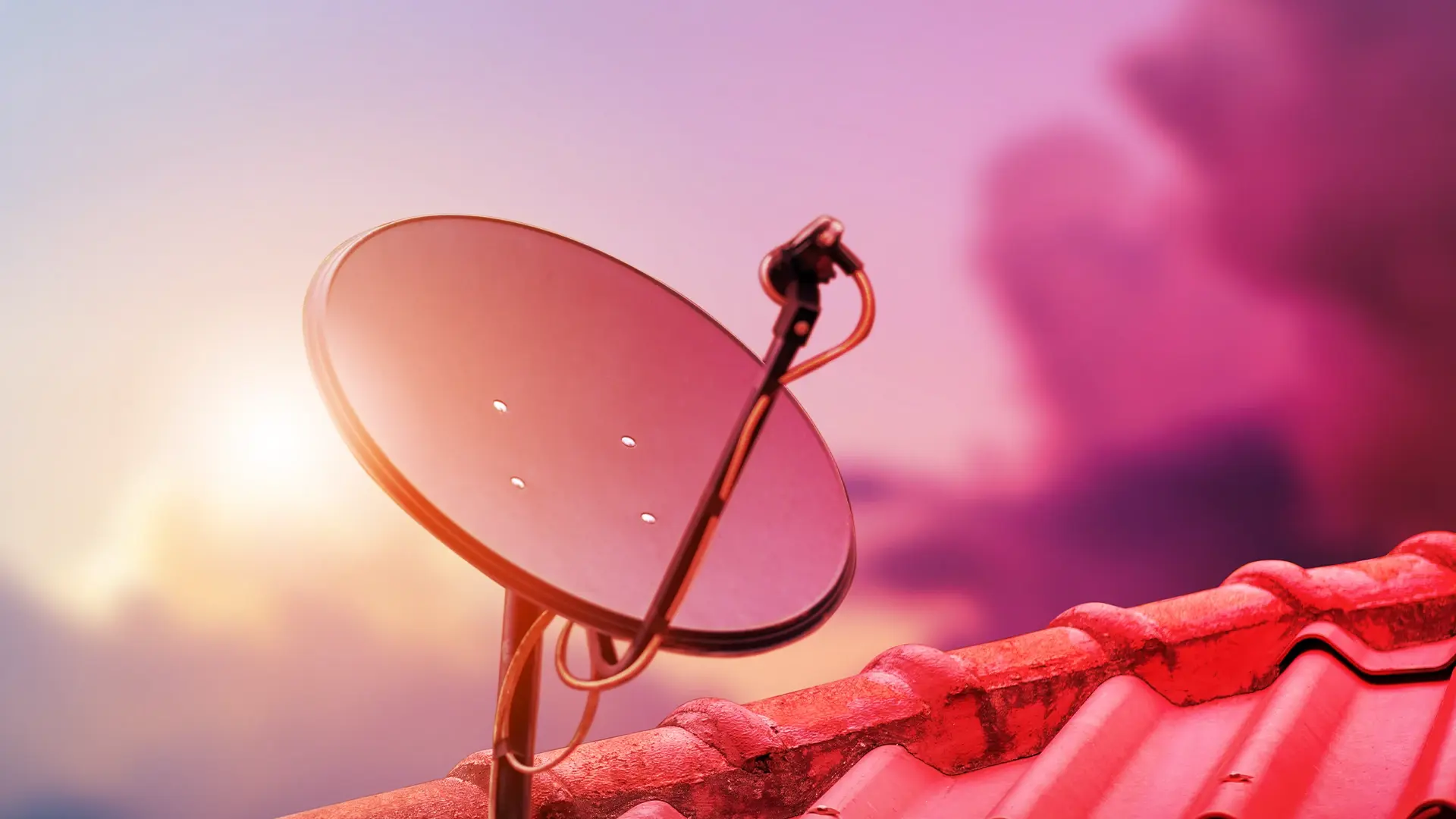Freeview to transition and futureproof its satellite TV service

21 Feb 2025
Freeview’s satellite TV service is set to transition to a replacement satellite in early April, ensuring New Zealanders can continue to have free satellite access to local TV channels and content that reflect our diverse range of New Zealand identities.
This move is essential to service continuity as the current satellite nears the end of its commercial life ahead of a new Optus satellite solution becoming operational in 2027.
2.7 million New Zealanders currently receive Freeview at home. The majority don’t require satellite access as they currently watch Live TV through Freeview’s terrestrial service (DTT) via a UHF aerial or the Freeview Streaming TV app. However, delivering a strong and resilient satellite TV service is of paramount importance to Freeview and its partners, as it provides equity of access for households across New Zealand—especially those in rural or remote areas without reliable internet connectivity or outside DTT coverage.
The replacement satellite Koreasat 6 is in the same position as the current satellite. It’s owned and operated by KTSAT and has been contracted by Optus for use by Kordia to transmit Freeview’s satellite TV service.
Leon Mead, General Manager, Freeview New Zealand, says free-to-air TV plays an important role in keeping Kiwis informed, entertained and connected to local stories. And many Kiwis have pulled together to carefully plan and prepare for April’s satellite transition, to deliver the most optimal solution possible.
“Collaboration across the industry is key. We’re working behind the scenes with our partners to ensure a smooth transition and reinforce our collective commitment to free-to-air TV as we look to futureproof our service,” he said.
As part of this crucial transition, Freeview’s satellite TV network will be updated to DVB-S2 for better transmission performance and greater flexibility, as well as the capability to support HD broadcasts.
Dual tuner TVs will manage this update seamlessly, as will most satellite boxes. However, older satellite boxes are incompatible and will need to be upgraded to continue accessing Freeview. These remaining legacy boxes account for a small percentage of devices and are easily identifiable by the viewer. Freeview is proactively encouraging satellite viewers to check their set top box and providing guidance on the range of upgrades available on its website.
With final rounds of satellite testing underway, Freeview will continue to monitor the situation closely with its partners and keep viewers updated through its website.




